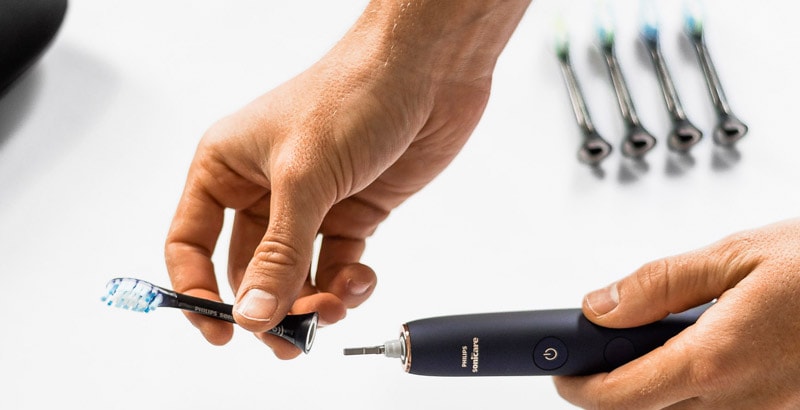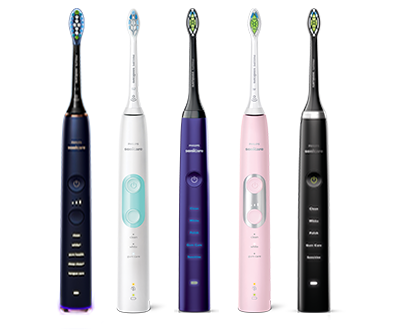The health of your mouth is seen by healthtech researchers and doctors as the window into your body’s overall health and wellbeing. The health of your teeth and gums affects the way you talk, the way you eat and even impacts your appearance. This means, for instance, that if you’re experiencing a toothache or gum pain or missing teeth, you’ll be forced to make specific decisions about what you are (and aren’t) able to eat, as well as the things you can (and can’t) do. These forced decisions will inevitably spoil your ability to enjoy your favorite foods and negatively affect social events with family and friends. Oral care can be easy to ignore, but the pain and discomfort that come from oral health issues will surely impact the way you experience and interact with people. Your whole body is connected, and the role your mouth plays in your overall quality of life is significant.
8 min. read
Have you ever had a toothache? Sore gums? The good news is, oral health problems are both preventable, and (when caught early) very treatable. Your teeth and gums are pretty resilient; returning them to full health can be as simple as: Sometimes, though, it'll be necessary to go beyond just the regular routine of brushing and flossing. A mouth full of healthy teeth and gums will make enjoying your life a whole lot easier, so here are some great tips to ensure you won't have to worry, later on.

The most common explanation for why you should change your brush head every 3 months is this: the American Dental Association says so. * But, why? Great question! It isn't because dentists got together and decided on a random number. Based on the golden oral care rule that you should be brushing 2 times per day for at least 2 minutes per session, 3 months is actually the amount of time it takes for the bristles of your brush head to begin fraying and breaking down, losing their ability to clean your teeth consistently. By changing your brush head every 3 months, you can be sure that every brushing is effectively removing plaque and keeping your teeth and gums clean and healthy.

Did you know that nearly 40% of the surface area of your teeth is unreachable by most toothbrush bristles? This means that even if you are the most diligent brusher in the world, you will still be unable to remove plaque-causing bacteria from over a third of your mouth. The only way to reach those tight spaces, then, is to: The Sonicare AirFloss Ultra interdental cleaner, for instance, removes up to 99.9% of plaque from treated areas. ** Remember, cavities and gum disease can form wherever plaque is left to grow and harden, so keeping your teeth healthy means getting to all those hard-to-reach areas, in between.

There are many factors that can cause bad breath. The bacteria that causes you to have persistent bad breath, though, lives in your stomach and mouth. By adding a thorough tongue scraping to your daily oral care routine, you will not only help to eliminate the potential for awkward social interactions, but you will also remove an even greater amount of the bacteria that causes plaque to build up on your teeth and gums, before it even has a chance.

This may seem like a no-brainer, but finding a Dentist that you like (or at least trust) is imperative to your overall oral health. For instance, you should see your Dentist every 6 months (at least). The plaque that builds up on your teeth -- when not removed -- quickly hardens into tartar (in as little as 18 hours). Tartar left untreated can cause cavities and gingivitis. And, the only way to remove tartar is by visiting your Dentist. Like a close family Doctor, Barber (or hair stylist), your Dentist will give you the information you need to make good decisions about your health. Forming a good relationship with them will not only ensure that your mouth stays clean and healthy, but will also give you the ability to truly hear what they're saying, and take action.

Although this isn't really a post about your diet, it's important to understand that the beverages you choose to consume can also impact the health of your teeth and gums. You'll likely be underwhelmed to hear that room temperature water is the best choice when considering your oral health. If that isn't going to cut the cravings, though, try to stick to the following:

* Oral health topics - American Dental Association (2017) ** AirFloss Ultra and Pro are the same product but may be named differently depending on the country and channel.
You are about to visit a Philips global content page
Continue